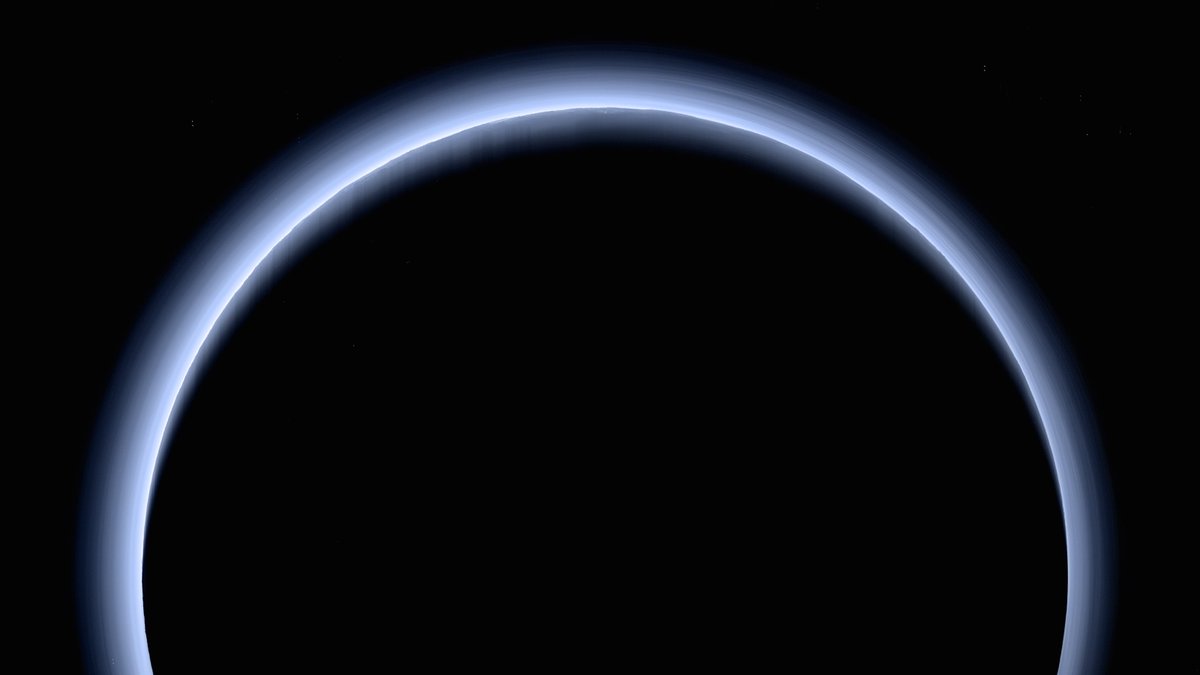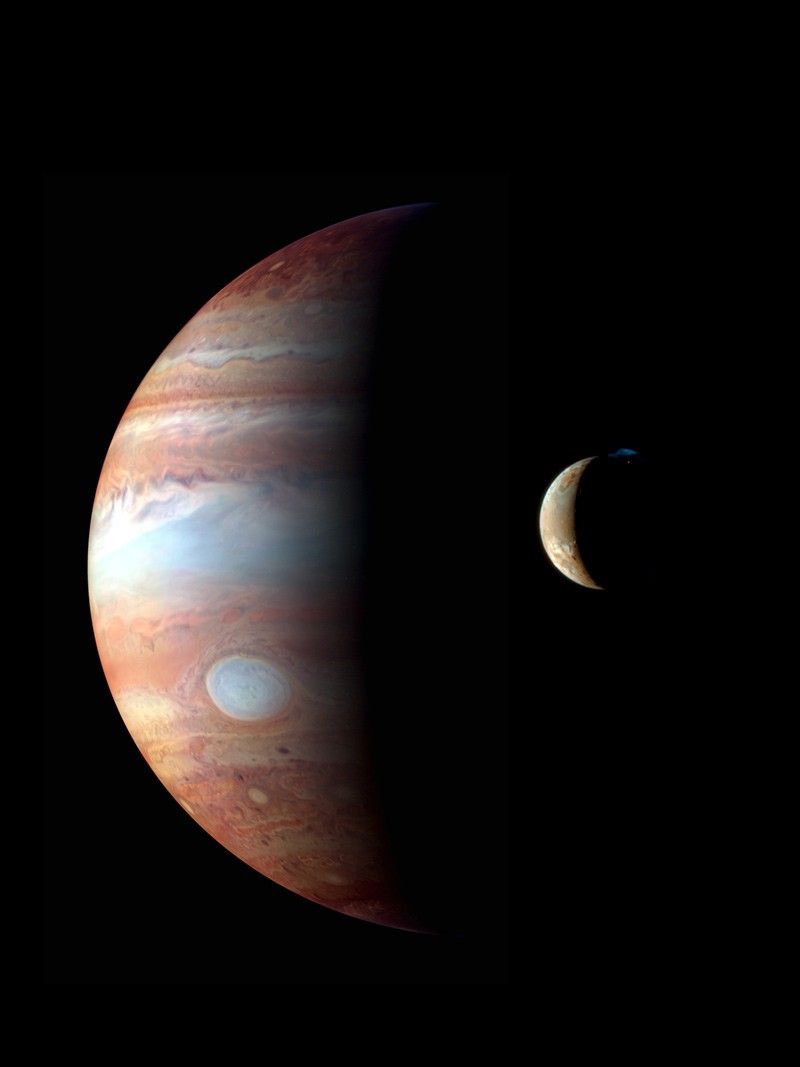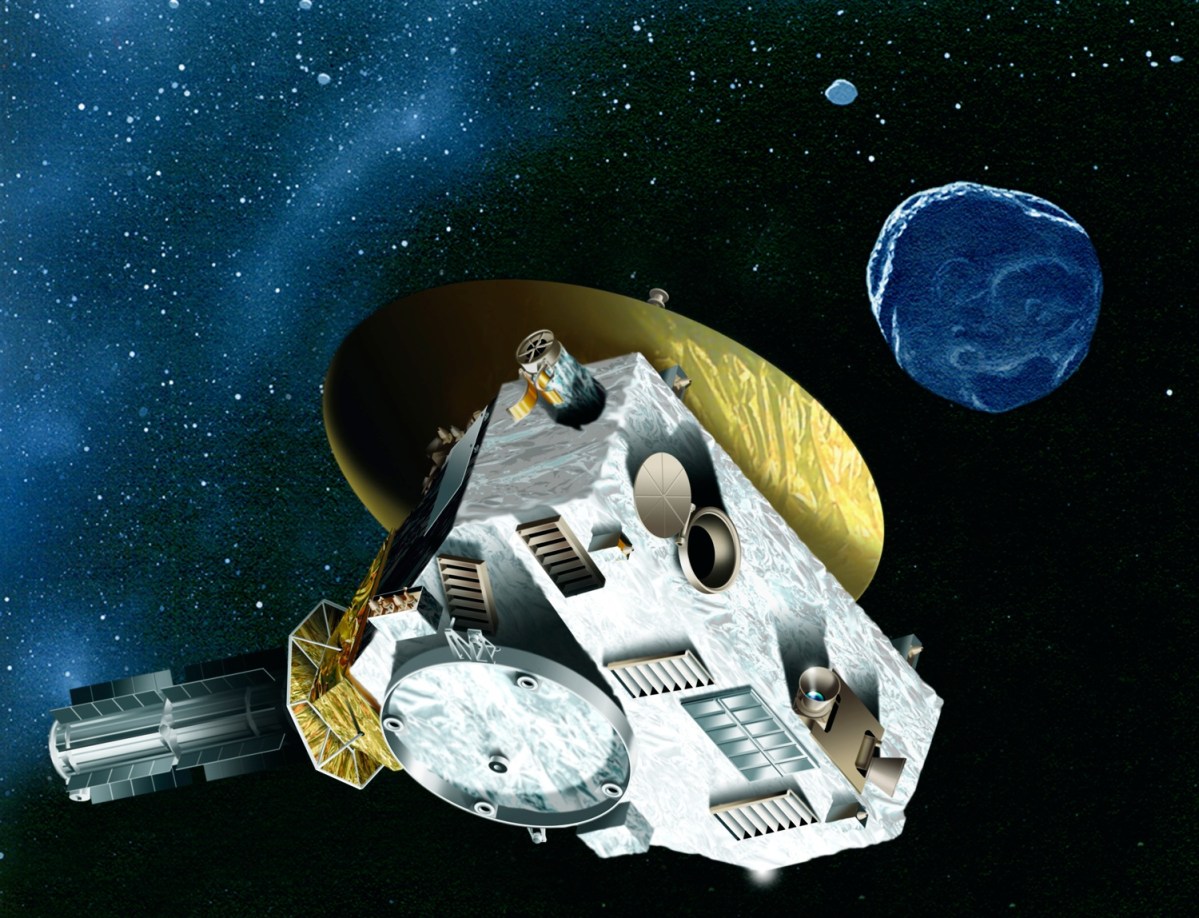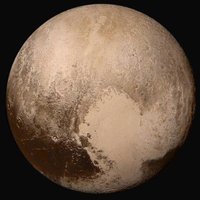
NASA New Horizons
@nasanewhorizons
After exploring Pluto & its moons in July 2015, New Horizons encountered Arrokoth, the KBO in 2019; the farthest flyby in history. Verification: nasa.gov/social
ID: 2734713482
http://www.nasa.gov/mission_pages/newhorizons/main/index.html 15-08-2014 15:26:57
1,1K Tweet
358,358K Followers
69 Following





#OTD 6 years ago, New Horizons made the first-ever flyby of an object in the Kuiper Belt 4 billion miles away: Arrokoth! This snowman-shaped relic offers a glimpse into the solar system's early days. Learn more: go.nasa.gov/4fx8Cb8 NASA Solar System
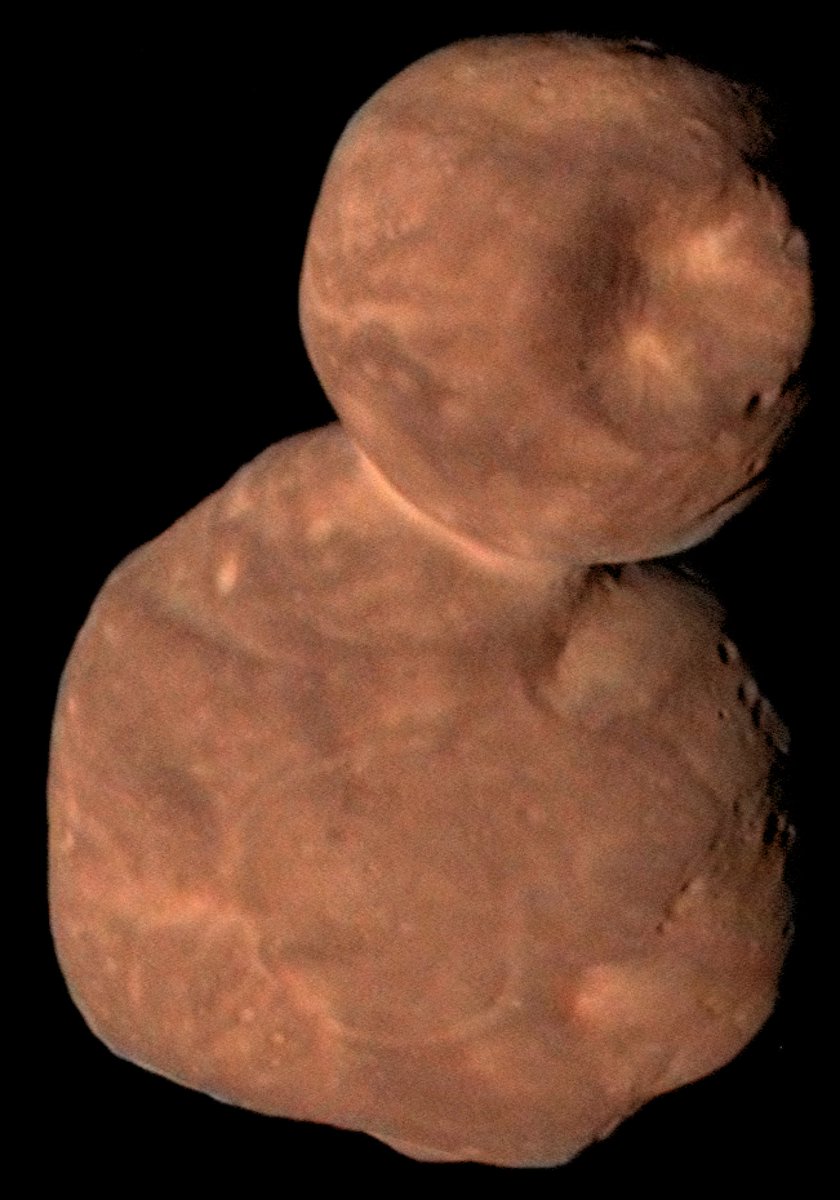

How dark is space? 🌌 From 5.4B+ miles away, New Horizons measured the universe's light and found galaxies (and galaxies alone) light up the cosmos. Heading to #AAS245? Catch Marc Postman from Space Telescope Science Institute on the dark and light (sources) in the universe. NASA Exhibit



The New Horizons science team gathered at Johns Hopkins APL from Jan. 15-17 to dive into the latest results from the team on planetary and heliophysics research. 🚀🔭✨ 🔗Learn more about insights from the mission: science.nasa.gov/mission/new-ho…
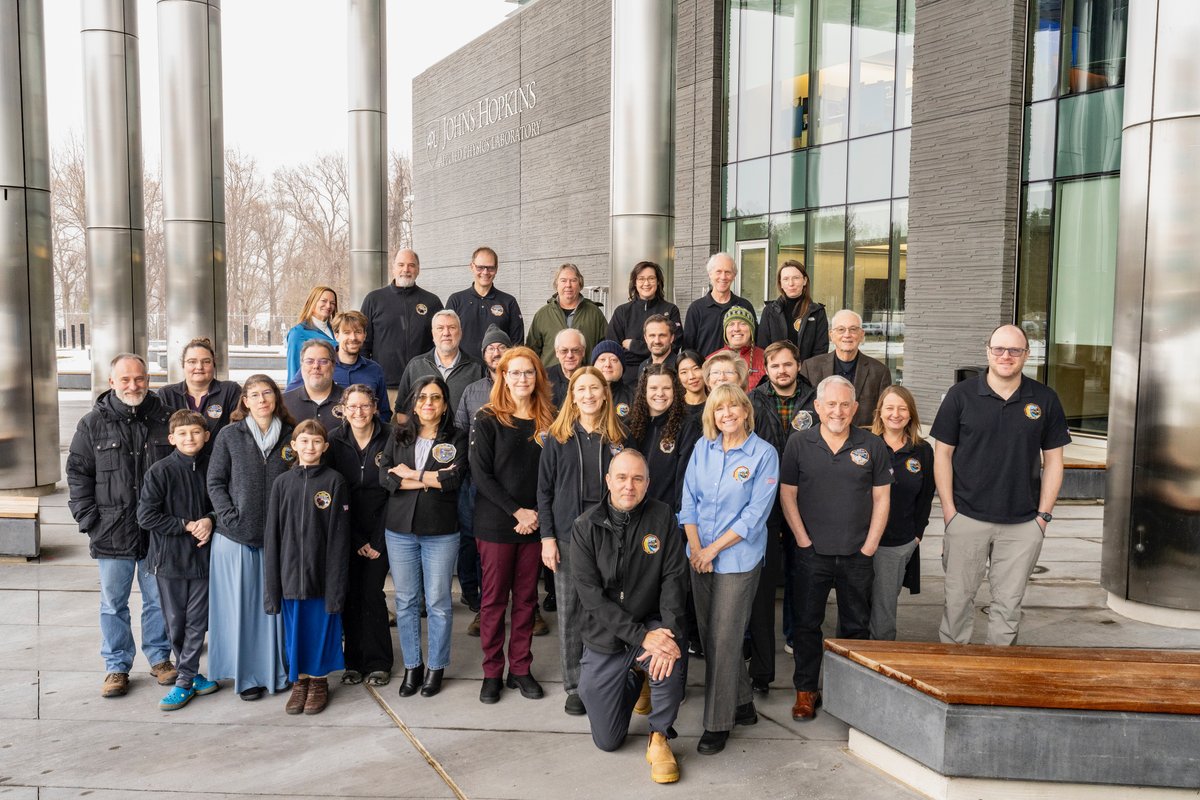





Heads up! This account will go quiet soon. Follow NASA Solar System to continue the adventure with NASA’s New Horizons and more of NASA's incredible planetary explorers. 🌌
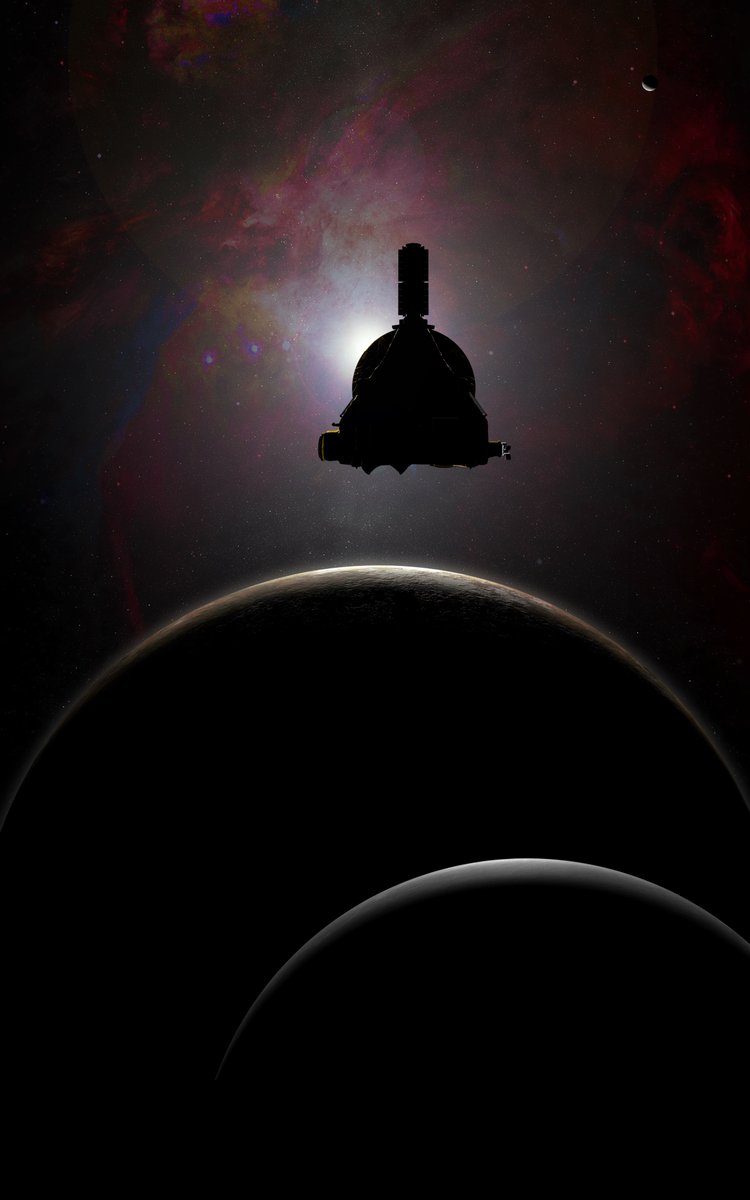

Just 3 weeks until this account signs off! For future New Horizons dispatches from the edge of the solar system and beyond, make sure to follow NASA Solar System. 🛰️✨

Two weeks to go! 🛰️ New Horizons will continue its epic voyage, just from a new home. Follow NASA Solar System for mission updates from deep space.


Next week, this account goes silent. But the journey is far from over! Join NASA Solar System for New Horizons coverage as the spacecraft continues its voyage through deep space. Learn more about the mission: science.nasa.gov/mission/new-ho…

This is it! The final week. 🚀 As we sunset this account, be sure to follow NASA Solar System to keep tracking New Horizons and NASA’s other interplanetary explorers.
